I’ve made careers out of my hobbies from electric machines to reliability and industrial engineering and strength sports. From research and development to design, repair, teaching, writing, competition, travel, and sharing experiences with professionals, it has been and continues to be an adventure. Any time that it appears to those on the outside that I’ve made a change, it’s usually because some decision has been made to take me away from the bleeding edge of whatever I’m involved in and thrown me into routine roles. In the end, I found the role of consultant has allowed me to keep the variety of interests in balance by controlling the chaos. As an independent consultant, multi-business owner and entrepreneur, and technology distributor and researcher, constant flexibility and working within my different teams are the rules of the day.
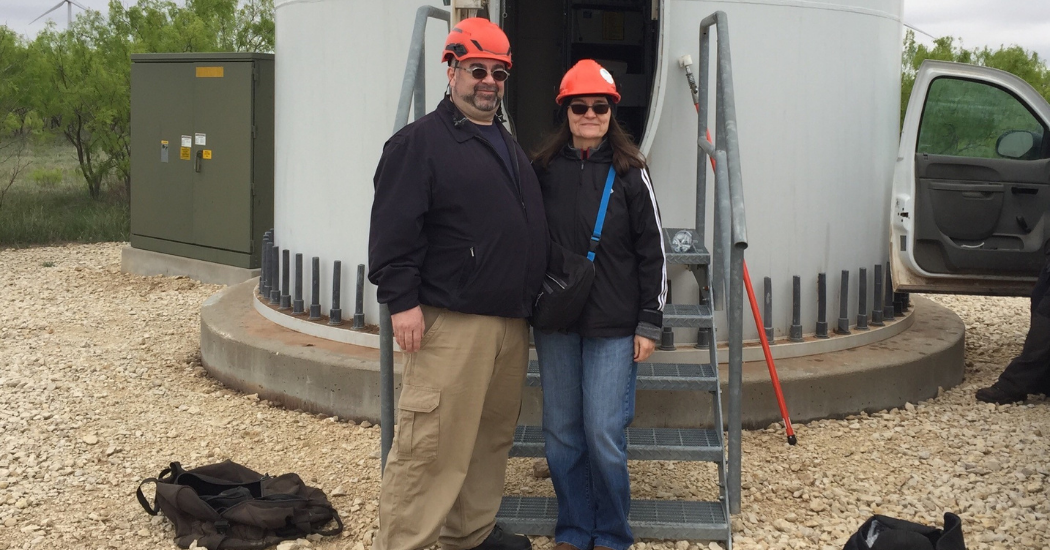
The morning starts depending on the project or plan of the day. In times that a research project or deadline is looming this may have started the day before as I have a tendency to think through problems and challenges or run gedankenexperiments. Several hours of mediation will usually suffice – so long as the day is active, or there’s lots of caffeine – if sleep has been elusive.
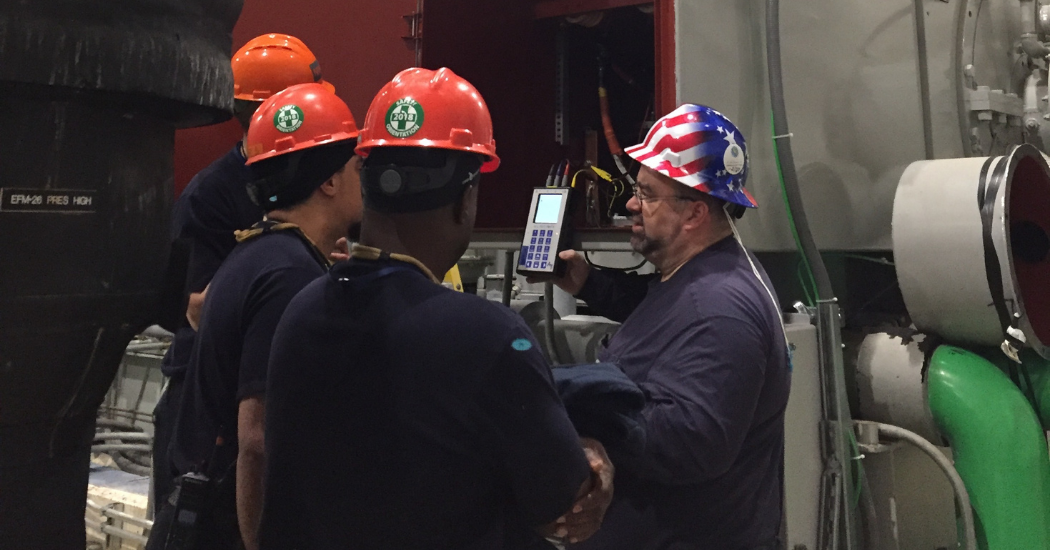
Check communications along with breakfast and coffee and respond to questions and technical support requests. Depending on if the day will be in the field training, field service, consulting, research projects, teleconferences or meetings the day is parsed out to ensure that there is time to sharpen the saw in between activities and deadlines can be met. Normally, when there are more than two or three activities, a schedule and times will be listed out along with additional tasks by priority. I used to do this the evening before; however, I’ve found that things will happen overnight requiring adjustments anyways. I then review the handful of websites that we maintain to ensure that everything is functioning satisfactorily and overnight security alerts related to independent trainers that use our gym training facility after hours.
A significant amount of time per year is spent on the road, on airplanes, or in hotels. Onsite work usually start sometime between 7 and 8 am and will go until 3 or 4 pm and maybe at a remote windpower site or pipeline up to a commercial facility, factory, steel mill or some other location. Electric machines are pretty much everywhere and the reliability of these machines, as well as the power supply through driven equipment, has a direct impact on the success of the business. The great part of the day is the time to meet and share information with others within the industry whether they are tradespeople, students, researchers, or corporate executives. Everyone has a story and every day can be a learning opportunity and everyone likes a little challenge. For instance, at windpower sites I will say, “at the last site we did the same type of towers in 30 minutes/tower,” and the group will work to beat the time to the point where I can now say we can accurately and safely obtain data in about 15 minutes, or less, per tower. We always take time to look around and see the sights with some of the best remote locations in the country having turbines or pipelines. The thrill is the challenge involved in solving puzzles to get equipment back to proper operation or determine why failures are happening. Other puzzles relate to solving design issues such as hybrid vehicles to energy storage and ‘impossible’ applications.
There are projects, such as machine learning programming, or electric machine design, which do not involve travel. In these cases, the day is split in such a way that there are no more than 3-4 successive hours on a specific project without at least an hour in between doing something else. I’ve found that stepping away for a few hours will allow for sharp focus on the specific topic. The break in between will be used for communications or other tasks that need to be completed.
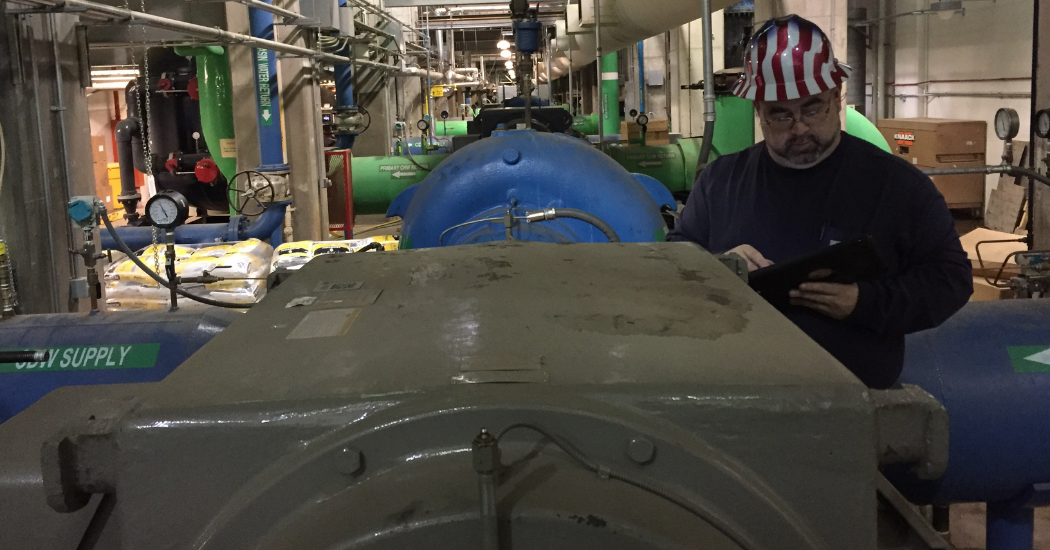
At the end of a day in the field, it’s time to refuel and review communications from the day. The evening is then split between physical training, communications, report writing, and working on articles. This was a struggle the past few years until I made a conscious decision to eliminate certain social media accounts that did not appear to have value, which opened up several additional hours per day, and a return to printed books which makes for better retention and less strain on the eyes. These will range from technical books associated with some project I’m working on or something that requires a suspension of reality (ie: science fiction, fantasy, or fiction) in order to keep the imagination active. A number of times per year we will also participate in standards development, technical and industry conferences, and other industry-related events, as well as volunteer participation in such organizations such as SMRP, IEEE, and ACP.
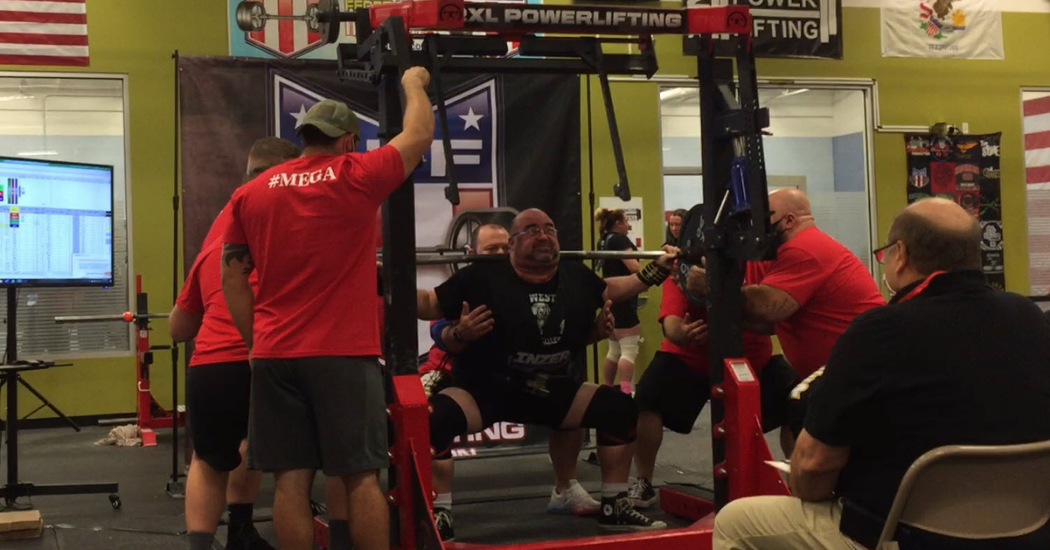
Two to four days a week, depending on when I’m in town or where I am located, is time for powerlifting training. These sessions are team-oriented and will usually run 3-4 hours each, when possible. At other times, as a specialty gym business partner, we will be focused on running powerlifting meets, or other strength events, at least once per month, with each event having up to 200 competitors and up to 500, or more, in the audience, as well as live streaming the platforms. Since 2015 we have run at least one national or international event annually, including several involving television, that can run 3-5 days in length, involve a large number of volunteers and a lot of coordination for anywhere up to 1000 competitors and several times that in the audience. Since my business partner and I started 2XL Powerlifting LLC in a 3000 sqft facility in 2014, we have now moved into a more than 25000 sqft facility that also provides offices for MotorDoc LLC and a small laboratory that I use for industry research. While most businesses have a gym in their facility, we have a facility in our gym.
Bio: Howard W Penrose, Ph.D., CMRP is the president of MotorDoc LLC, managing partner of 2XL Powerlifting LLC, a past chair of SMRP, and serves on the Institute of Electrical and Electronics Engineers (IEEE) Power Engineering Society Materials Subcommittee and Dielectrics and Electrical Insulation Society Standards Committee since 1994. He also serves on the American Clean Power Association Windpower and Solar Technical Standards Committee as Vice-Chair since 2021 and the Windpower Powertrain Committee since 2018.

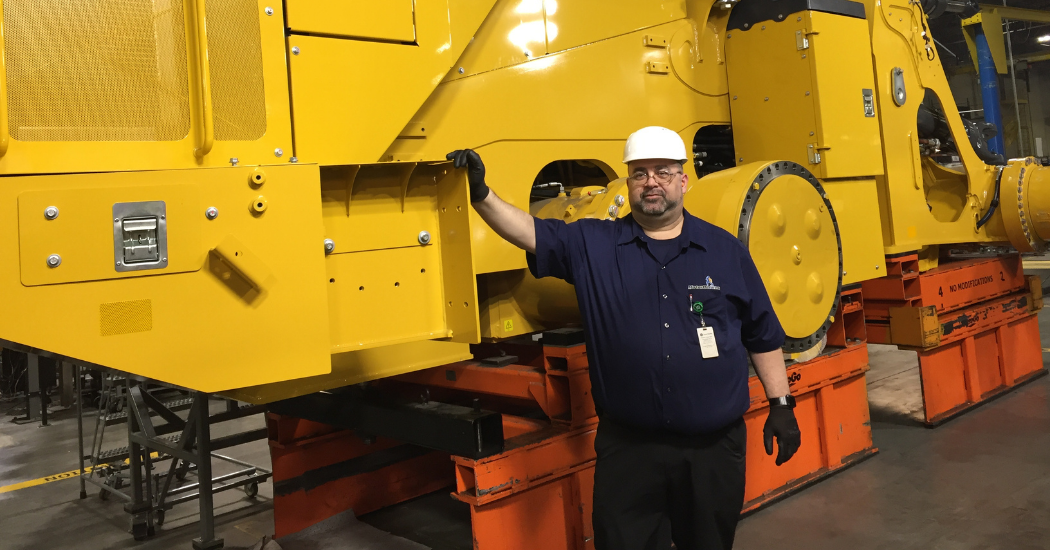
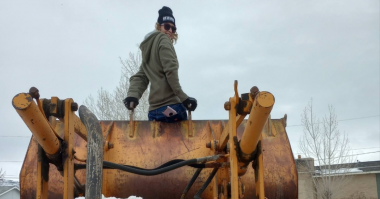
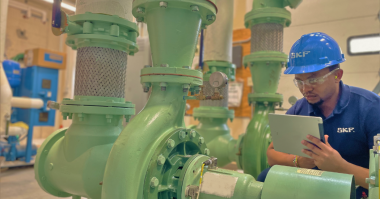
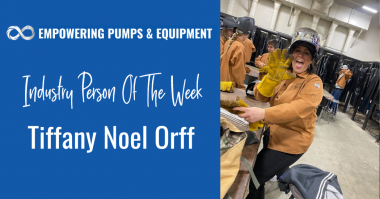
Comments